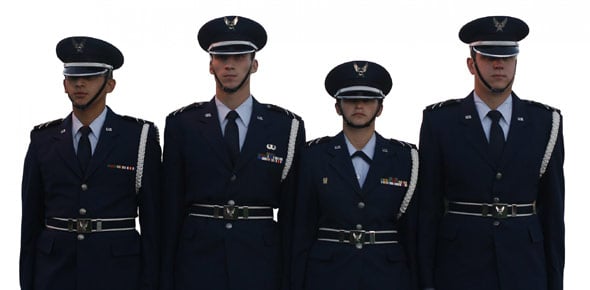CDC 2g051 - Logistics Plans Journeyman - Vol 2. Deployments
- AFSC
- CDC
2.
You may optionally provide this to label your report, leaderboard, or certificate.
×
Thank you for your feedback!
















